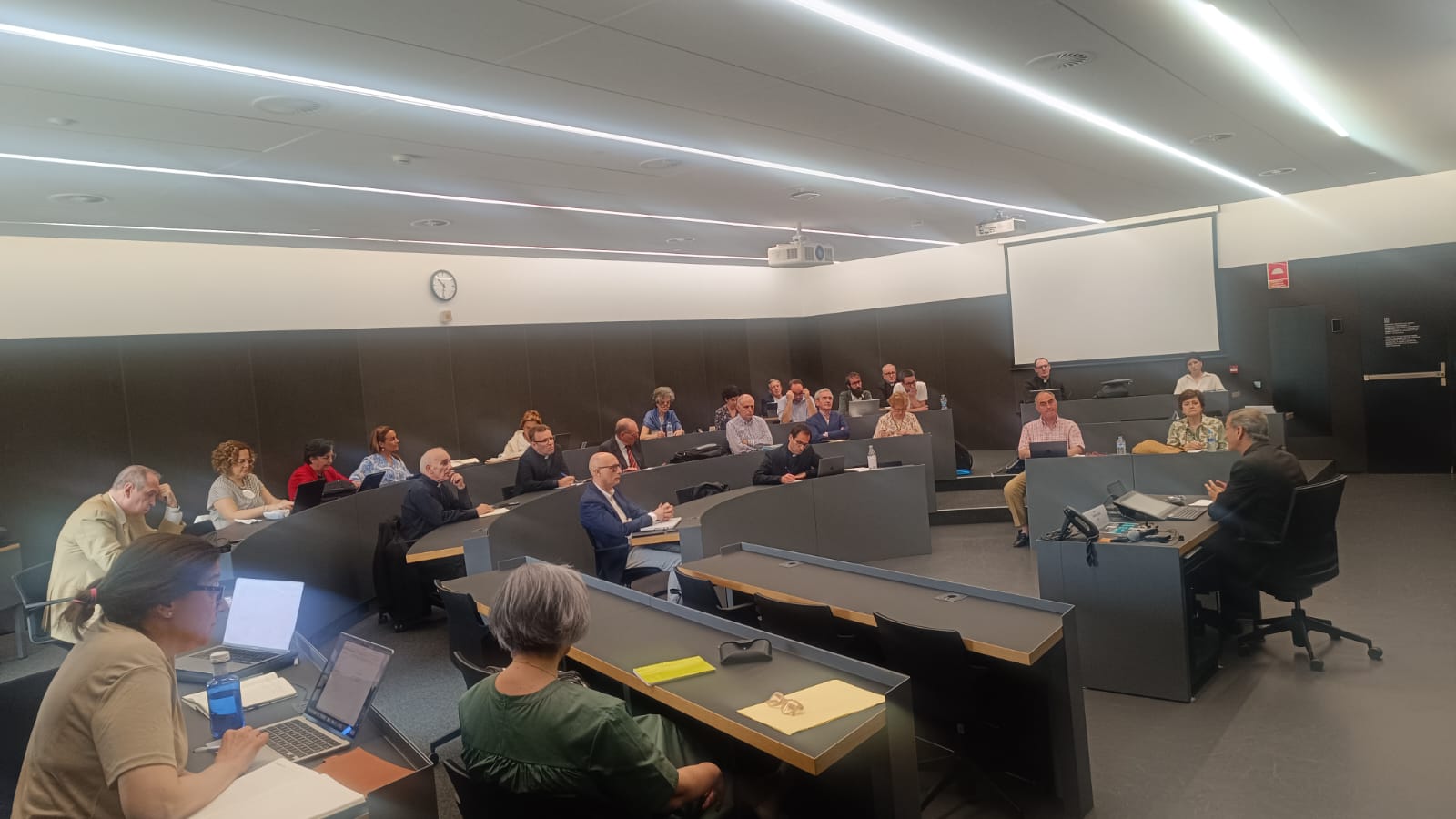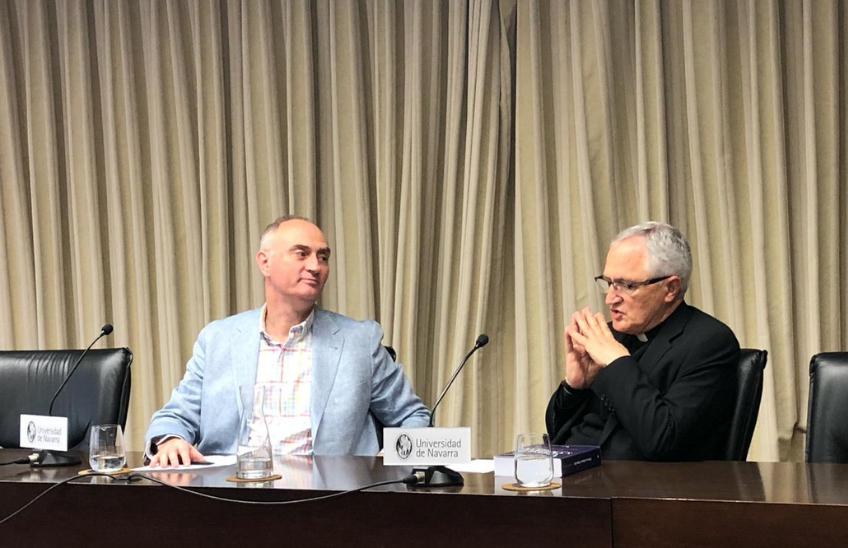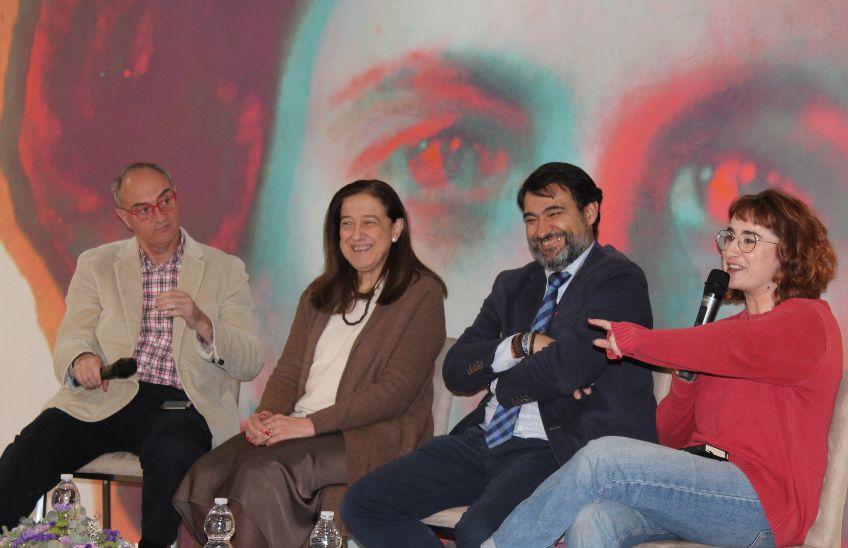In the footsteps of St. Josemaría
Here are five articles available on the Virtual Library Services of the Center of programs of study Josemaría Escrivá (CEJE), which allow us to know some aspects of the Founder's training , explore his concerns and discover who accompanied him on his journey.

09 | 01 | 2024
To immerse oneself in the training of a person is core topic to understand the elements that shaped his life. In the case of St. Josemaría Escrivá, learning about his time at high school, his academic development , his spiritual advisors and the books that surrounded him allows us to understand more deeply the saint of the ordinary.
José Luis Illanes noted that St. Josemaría's appreciation for intellectual activity and everything related to it was one of the most distinctive traits of his personality and spirit. This appreciation was strengthened throughout his academic training , which increased his esteem for the world of knowledge. In the 1930s, he even considered the possibility of obtaining a university Chair , aware of its intellectual and apostolic importance. However, he soon realized that this was not his path, as God was asking him to dedicate himself entirely to the promotion of Opus Dei and the spreading of the message of sanctification in the midst of the world.
Throughout his life, St. Josemaría maintained a deep appreciation for science, the diffusion of knowledge and university institutions. These five articles published in the journal Studia et Documenta, available at the VirtualLibrary Services of the Josemaría Escrivá Center at programs of study , give us an insight into the founder's training , his concerns and his friends who accompanied him on his journey.
1) Josemaría Escrivá and the high school of the Pious Schools of Barbastro (1908-1915)
programs of study The first text selected, by Martín Ibarra, takes us back to St. Josemaría's early years at high school of the Pious Schools in Barbastro, where he began his primary studies in 1908. Later, in 1915, he passed a test entrance exam in Huesca to take the high school diploma. He continued his training at the high school General y Técnico de Logroño and complemented his programs of study with evening classes at high school of San Antonio de Padua, something usual at that time. data This article provides us with historical information about those years, the practices of piety he learned at high school, his teachers and companions, and his first steps in sacramental life.
2) St. Josemaría's programs of study of Law at the University of Saragossa (1918-1924)
In the second articleJuan Francisco Baltar explores St. Josemaría's programs of study Law at the University of Saragossa, during the years 1918-1924. After completing the high school diplomahe began his ecclesiastical programs of study and, through his father's committee , the degree program Law course. He moved to Zaragoza in September 1920, where he completed his priestly training at the Pontifical University and studied at School Law. The text analyzes Escrivá's time at the University of Saragossa, describes the status of the Law School at the beginning of the 20th century, details the syllabi of the subjects, the preparatory programs of study he took, and explores his relationship with classmates and professors, considering his condition as a priest and student.
3) St. Josemaría's doctorate at the University of Madrid (1927-1934)
The third articleThe third article, written by Pedro Rodriguez, takes us into St. Josemaría's doctorate at the University of Madrid during the years 1927-1934. In 1927, after obtaining his licentiate degree in Law, he requested the transfer of his academic transcript to Madrid to begin his doctorate at the Central University (now the Complutense University). The research that he started in those years was lost during the war, so he channelled his thesis on the peculiar canonical jurisdiction of the Abbess of Las Huelgas (Burgos). This article intertwines the different stages of his doctoral work with other essential aspects of his life, such as his pastoral work, his search for incardination in Madrid and his constant attention to development of Opus Dei.
4) Priests in the spiritual accompaniment of St. Josemaría Escrivá (1930-1944)
Throughout his life, St. Josemaría befriended numerous priests, some of whom also assisted him spiritually. The fourth volume, written by Constantine Anchel, explores these relationships in chronological order. articleThe fourth volume, written by Constantino Ánchel, explores these relationships in chronological and geographical order, divides Escrivá's life into three periods, from his childhood in Barbastro to postwar Madrid, and highlights the importance of these priests in his life. At the beginning of each period, the reader is given a glimpse of his life at that time.
5) The training of the Library Services of Saint Josemaría Escrivá de Balaguer (1937-1975)
The last one article is by Jesús Gil Sáenz, who analyzes the training of Josemaría Escrivá's Library Services between 1937 and 1975. This collection grew in Madrid and was transferred to Rome in 1953, where it was permanently located and continued to grow until it reached about 2,500 volumes at the time of his death. Jesús Gil Sáenz analyzes this bibliographical collection and its formative, pastoral and spiritual usefulness. He also offers relevant information on some 150 authors and titles, as well as other data that allow us to explore Escrivá's use of these books.



